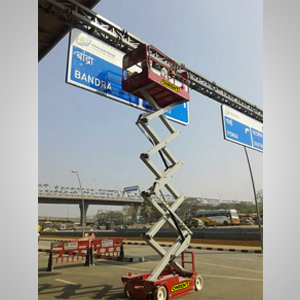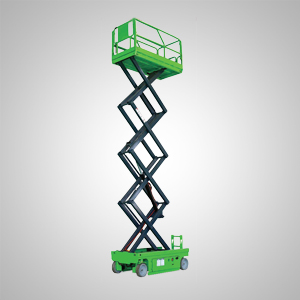Ever wondered that the heavy machinery you own could be one of the most expensive construction equipment and also the costliest to repair or replace. Heavy equipment such as Boom Lift, Scissor Lift, Material Handling Equipment, and cranes require constant maintenance to keep it in good working order. Therefore, it is important to regularly scheduled maintenance.
Did you know, breakdowns are estimated at roughly 2% to 3% of asset replacement costs per year? This not only increases the cost of the project but also leads to delays in meeting the deadlines. As a result, establishing a cost-focused, carefully planned heavy equipment maintenance program means fewer equipment failures, less downtime, improved schedule attainment, and lower costs.
Mtandt is one of the leading brands in India, has experts who not only can help you simplify the rental process but also can provide you with assistance on how to maintain your construction equipment in the long run. Our experts will help you identify commonly overlooked areas of maintenance, and identify simple things you can do to greatly impact the long-term value of your most vital equipment.
Before we look at the tips to maintain these heavy equipment, it's important to understand why maintenance is important.
Here’s another fact you need to know. You can reduce machinery repair bills by 25 percent by committing to preventive maintenance. Being committed to your heavy equipment maintenance schedule helps prevent expensive downtime. It also helps predict when failure is likely to occur, allowing you to find a solution to problems before they occur.
5 tips for maintaining heavy equipment to ensure better ROIs
1. Commit to a preventive maintenance program - A preventive maintenance program is more than just a regular repair program that involves lubricating, changing, and filters. A preventive maintenance program helps anticipate change, and wear and tear. It involves regular systematic inspections, modification, and replacement of components as well as performance testing and analysis to ensure the reliability and performance of the equipment. Remember, a proper preventive maintenance program is all-inclusive, as it involves equipment management from the time the equipment is purchased until the end of its useful life.
2. Get to know your machines inside out - Take out enough time to understand how your machines function. Thorough product knowledge is very important to avoid unnecessary issues and minimize risks. Although, simple hands-on instruction is sufficient for some machines, while others may require special certifications before operating the machinery. Therefore, every person in contact with the equipment should be trained and must be made familiar with the proper functioning of each piece of machinery on the job. User manuals come in very handy when it comes to not only maintenance but also when handling malfunctions.
3. Use the right tools for the right job - Every time you use your equipment on the field, ensure that you are using the right equipment and the right attachment required. When it comes to matching your equipment with the exact task that it’s intended to perform, several variables need to be considered such as material composition, external factors such as climate, etc. Likewise, when replacing parts, don’t assume the first ones you come across are the right ones for your machinery. Parts like bearings, roller chains, etc., must all be of the right quality and size and have the correct load-bearing qualities for your machine.
4. Check for any wear and tear - Every time you clean your equipment, make sure you check for any wear and tear of any parts of the machinery. Parts wear out due to regular usage and if gone unnoticed, can result in huge damages and costs. Therefore, make sure you fix the small issues before they turn into big problems.
5. Don’t overwork your equipment - If you’ve ever read the user manual thoroughly, you would know that your equipment has performance specifications and limitations that should never be exceeded. Knowing and abiding by the weight limits for loads is an easy way to keep your heavy machinery working. To maintain the efficiency and effectiveness of your heavy equipment, it is advisable to minimize your machinery’s travel and idle time.
Remember this golden rule, the more you take care of your heavy equipment, the longer will be its useful life. Proper maintenance will not only help you cut down unnecessary costs but will also improve the return on investment in the long run.
Do you still have doubts and questions as to how you will manage and take care of your heavy equipment? Well, your worries can end with us today. Rent out your heavy equipment with Mtandt Group and forget all the stress, as we have experts who will guide you and take care of your equipment throughout the renting process. We have experts who will make your entire renting process simpler and easier, like never before. So, what are you waiting for? Visit our website today and sign up with us as rentals just got easier with us.!



Comments
Post a Comment